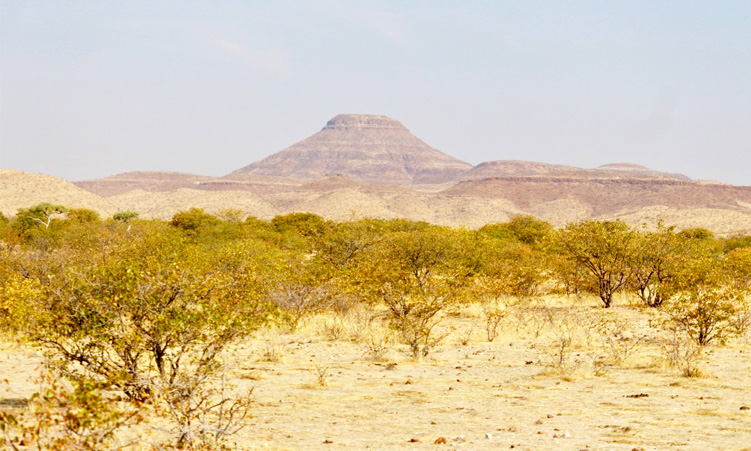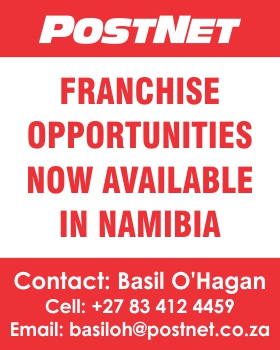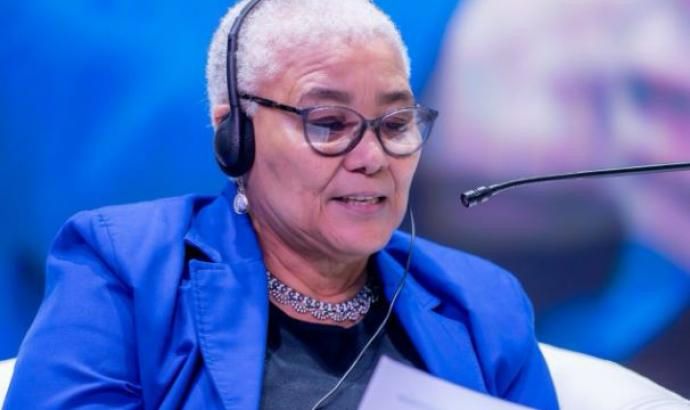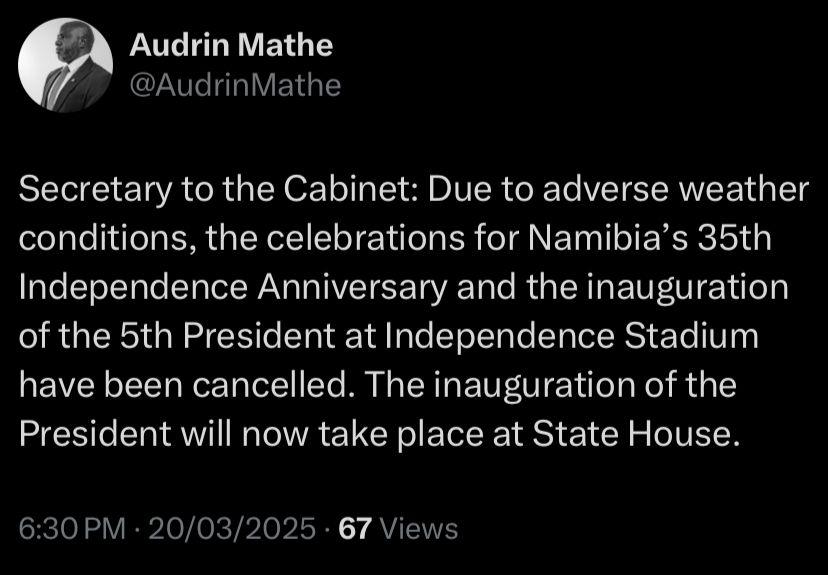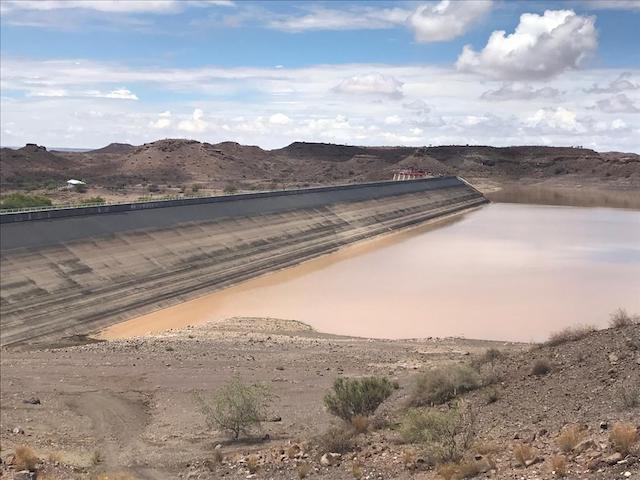Nestled in the western part of Etosha lies a captivating landscape where wildlife and some of the oldest trees still live in their untouched natural state.
The area is often referred to as a corridor between Etosha National Park, the Hobatere, Etendeka and Palmwag concession areas, and Skeleton Coast Park.
The park is home to the nearly extinct black rhino, lions, elephants, leopards and more.
Due to the popularity of the area, community members transformed it into a national park.
The park, which is known as the Ombonde People’s Park, consists of the Ehirovipuka and Omatendeka conservancies, which are under the umbrella of the Kunene Regional Conservancy Association and the Ministry of Environment, Forestry and Tourism.
It covers an area of more than 3 599 square kilometres.
The park is named after the ombonde thorn tree.
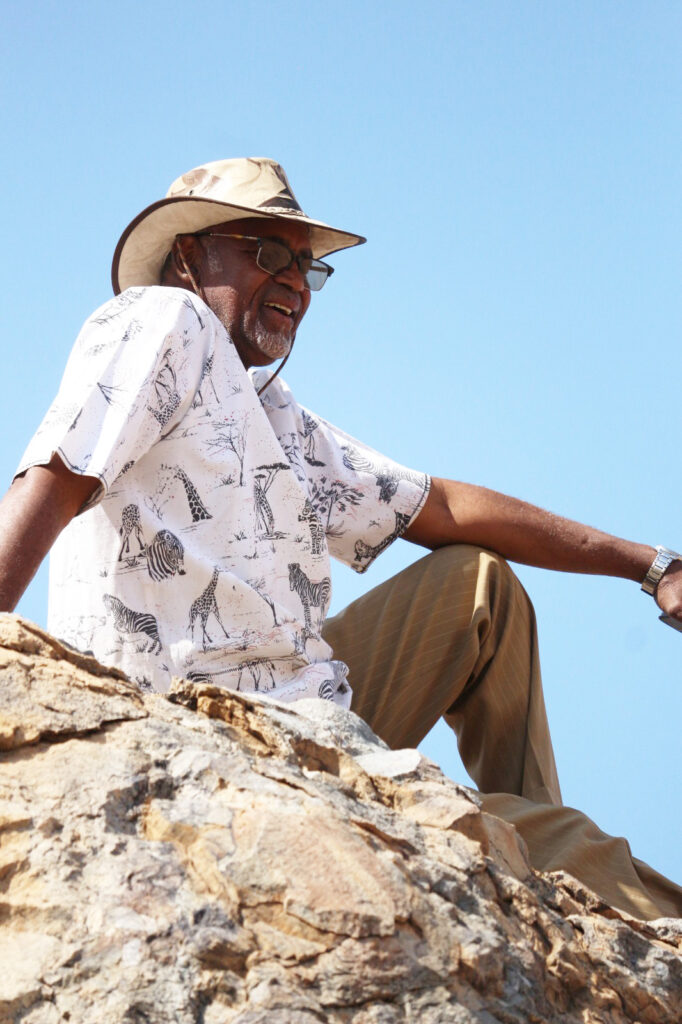
The secretary of the Ombonde People’s Park, Amon Kapi, during a recent media field trip said the park will not be fenced off.
The park is situated in a semi-desert area, with hills, plains, gorges and wooded river valleys complemented by eight natural water springs.
“We don’t want the animals to feel captured. That’s why we are not fencing [the park],” he said.
Kapi said it’s a communal area which is not suited to agricultural activities.
“The money we will make from the park through visitors a will be for community members. The people employed to facilitate the park and as guides will all be from the area, because they know the area better than outsiders,” he said.
Kapi said although there has been opposition, agreement has been reached after consultation with people in the area.
“People do not like change and those complaining are people far away from this area. We had several meetings and consulted everyone until we came up with this idea,” he said.
Kapi said when the park starts running, people from the conservancy would have jobs and a chance to learn new skills at the tourism establishments and lodges in the park.
Tjavareka Tjijahura, a community member of the Ombonde People’s Park and a member of its interim board, said the park was created with the aim of looking after wild animals in an area that cannot be used for agricultural activities, but belongs to the community.
“We are waiting for the government to finalise the passing and gazetting of the new wildlife and protected areas management bill as an act of parliament, and it will offer possible wildlife and tourism opportunities,” she said.
Tjijahura said women should start initiatives such as this to improve the communities they serve.
“The park will protect critical rhino, elephant, lion and other wildlife habitats and ensure tourism in these areas directly benefits those communities that live with and near wildlife,” she said.
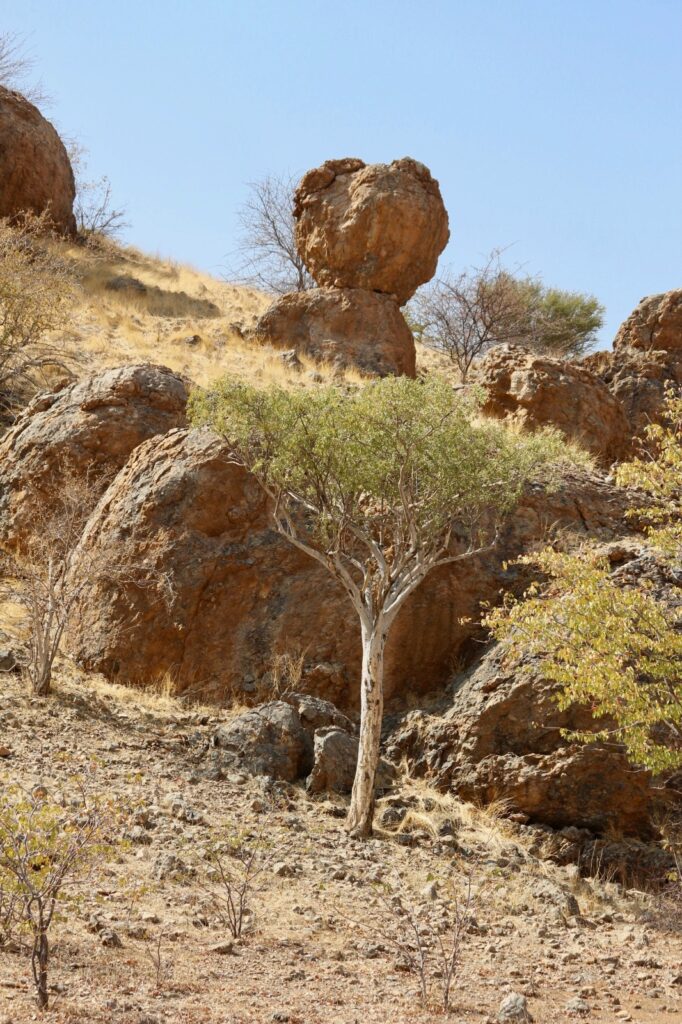
GRAZING ALLOWED
Tjijahura said the area would not be private.
“Cattle will still be allowed for grazing, but we do not want illegal settlers or farmers, hence there will be authorised grazing of livestock in the park.
“Conservancy members may be granted permission to enter the park for temporary grazing purposes under specified circumstances only,” she said.
Tjijahura said livestock owners, who are members of the Ehirovipuka or Omatendeka conservancies, in times of extreme drought, should jointly engage their conservancies to request access to grazing in the park.
“No trees may be cut for fencing posts or homesteads without the permission of the park’s management. Boreholes will not be drilled without approval of the park management.
“Donkeys or horses may not enter the park unless approved by park management,” she said.
Tjijahura said the community is actively looking for investors and tourism companies to partner with.
The management is planning at least five lodges, as well as campsites.
Apart from wildlife, the park also has some of the oldest rock engravings.
Stay informed with The Namibian – your source for credible journalism. Get in-depth reporting and opinions for
only N$85 a month. Invest in journalism, invest in democracy –
Subscribe Now!




